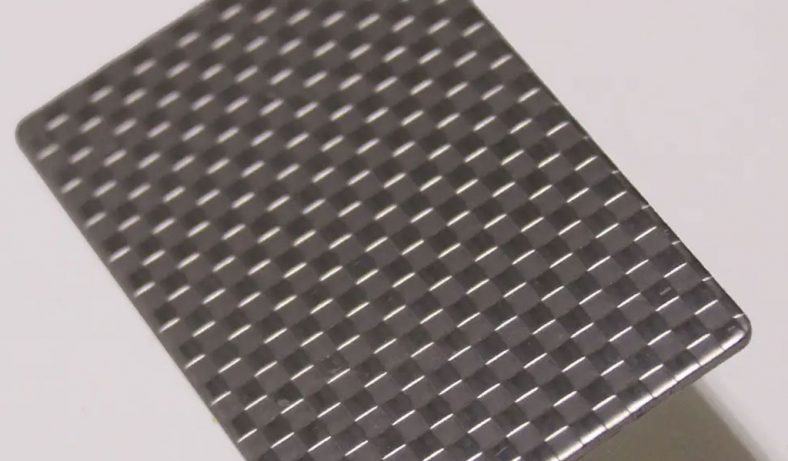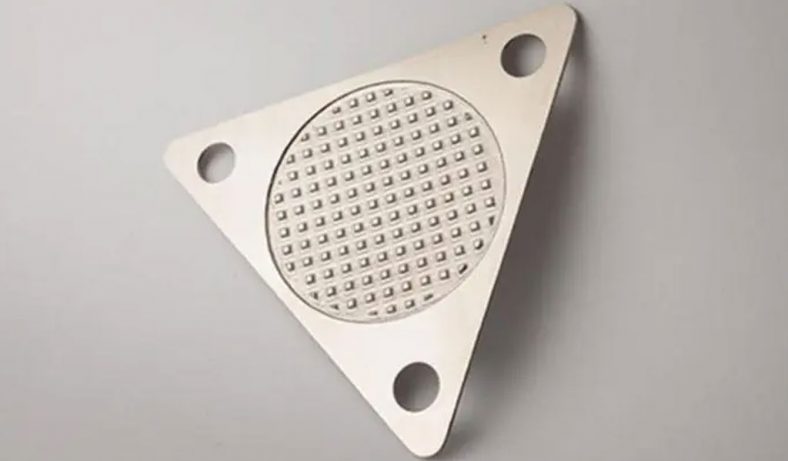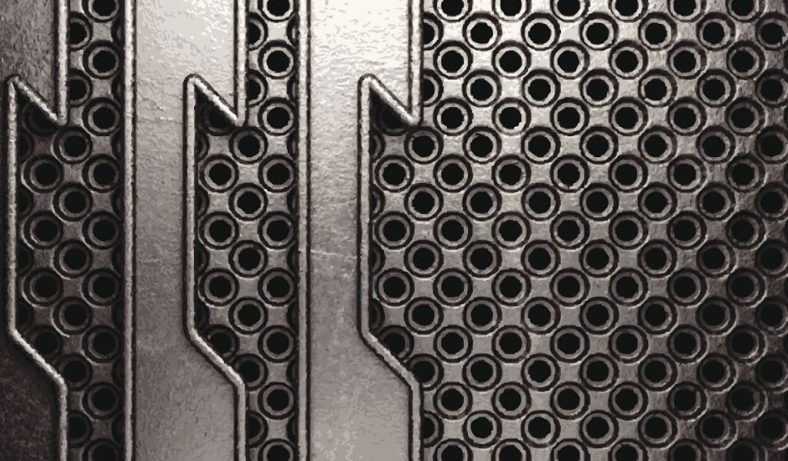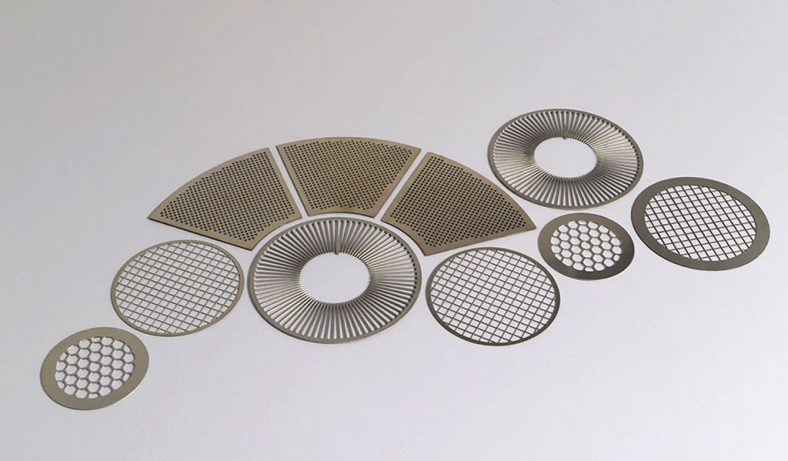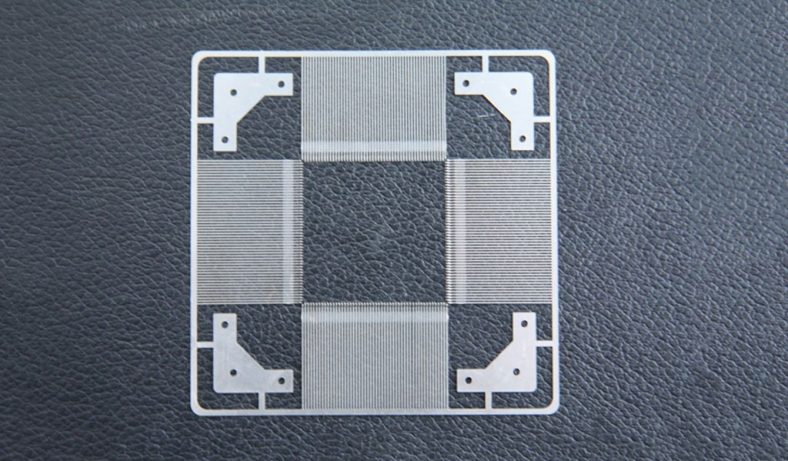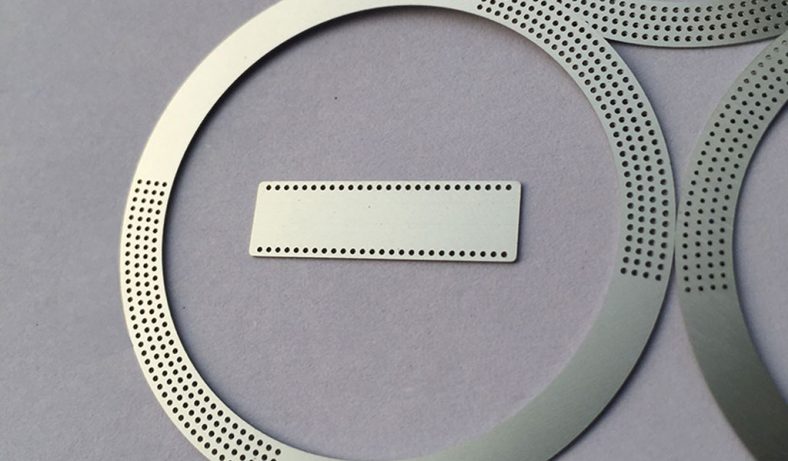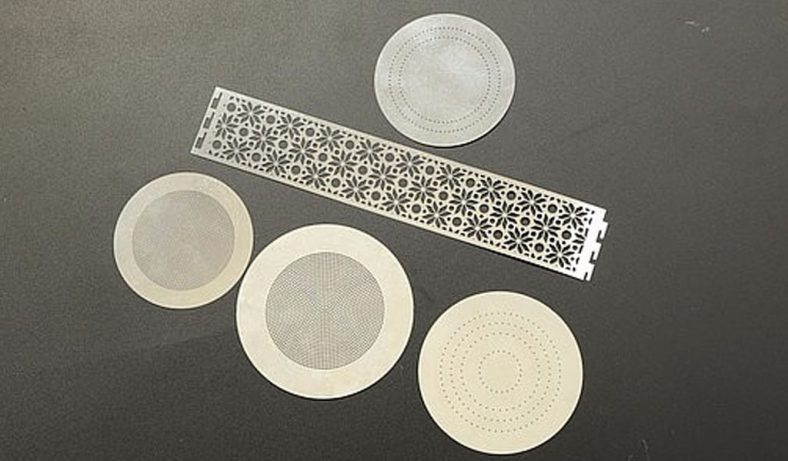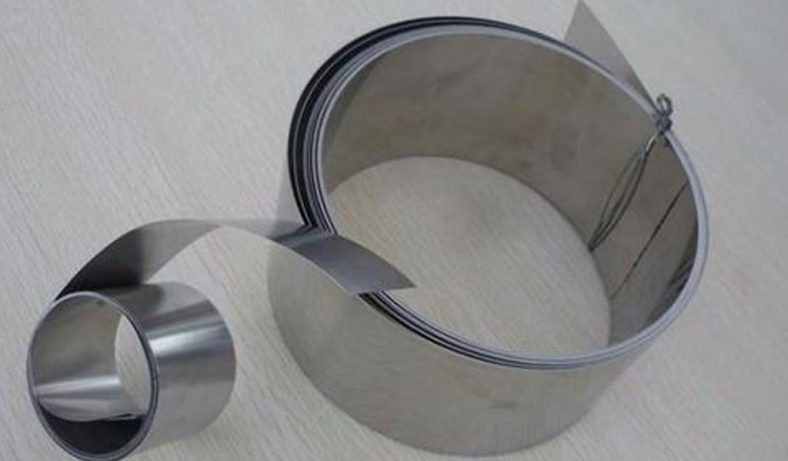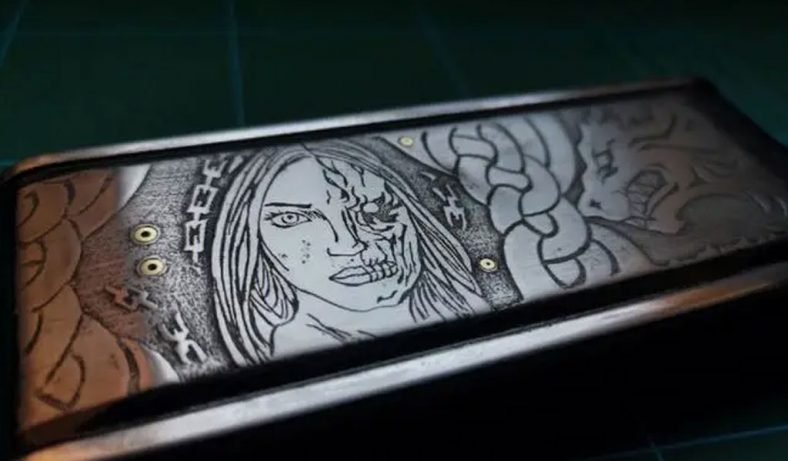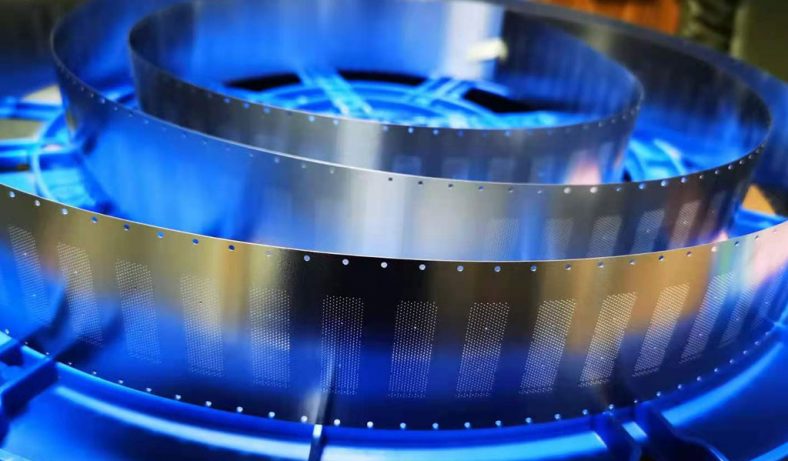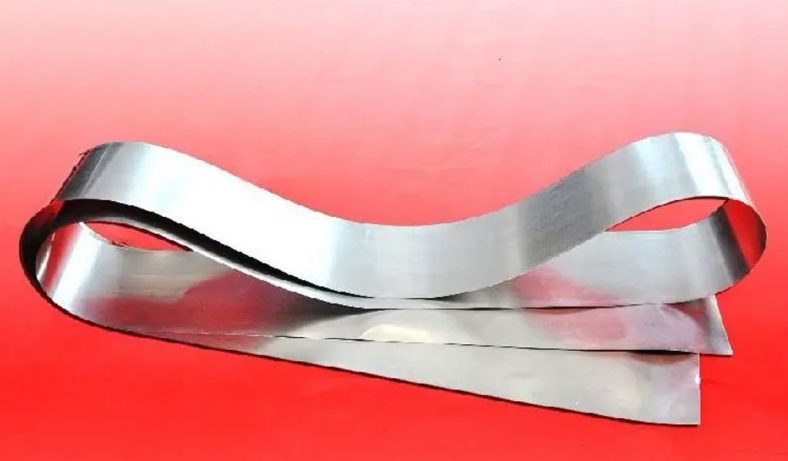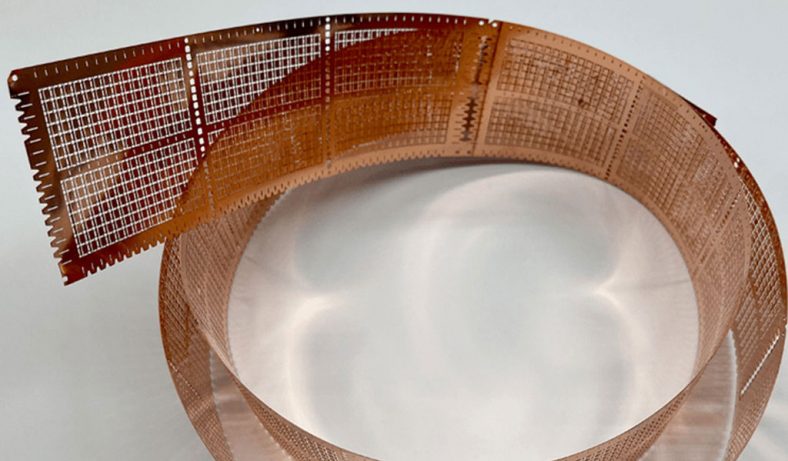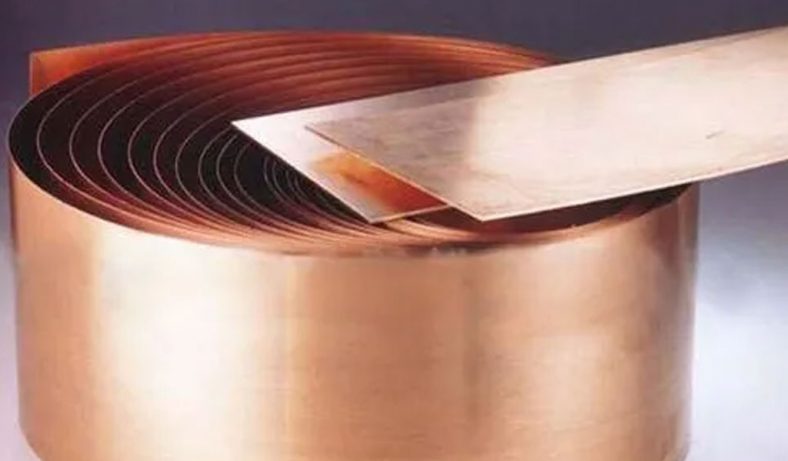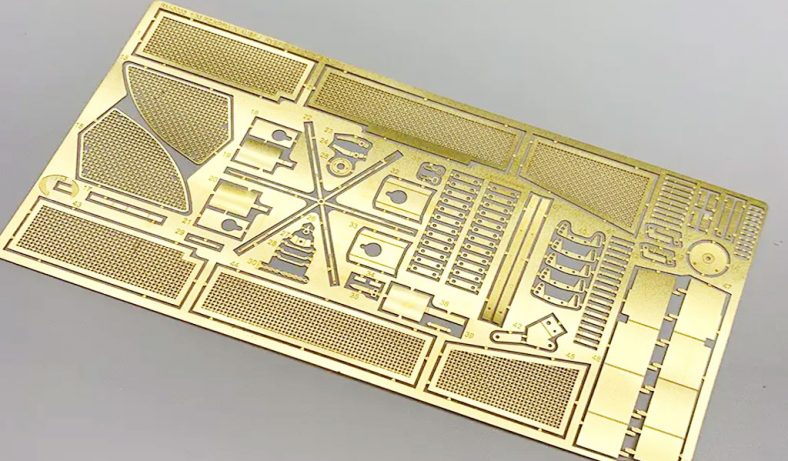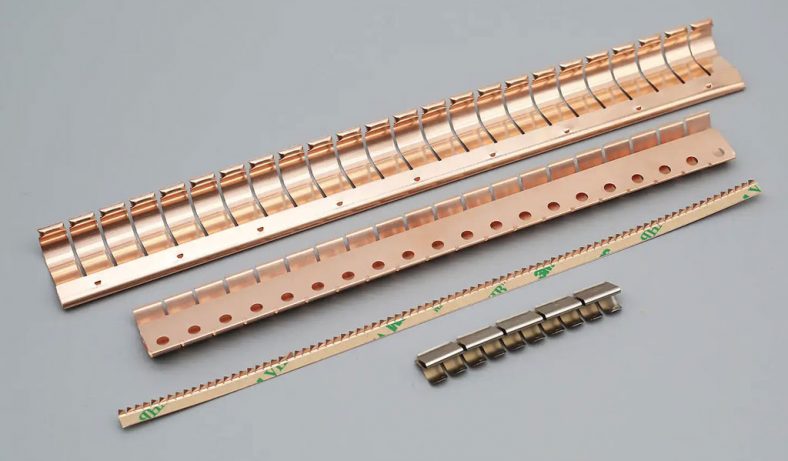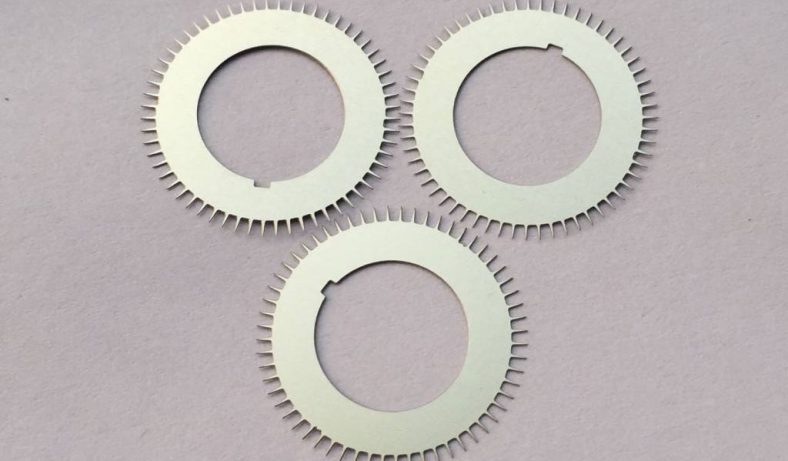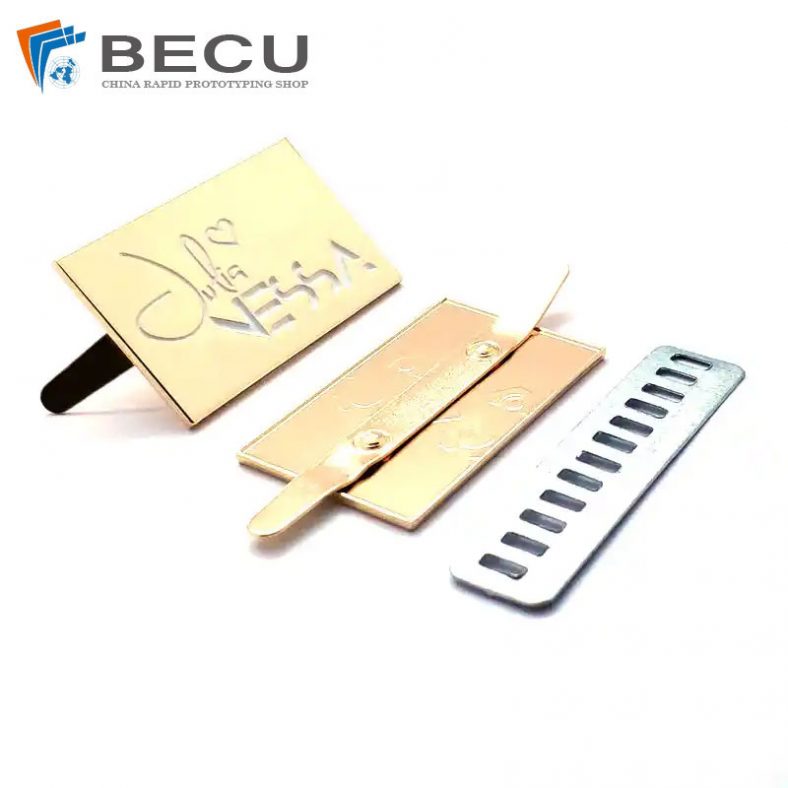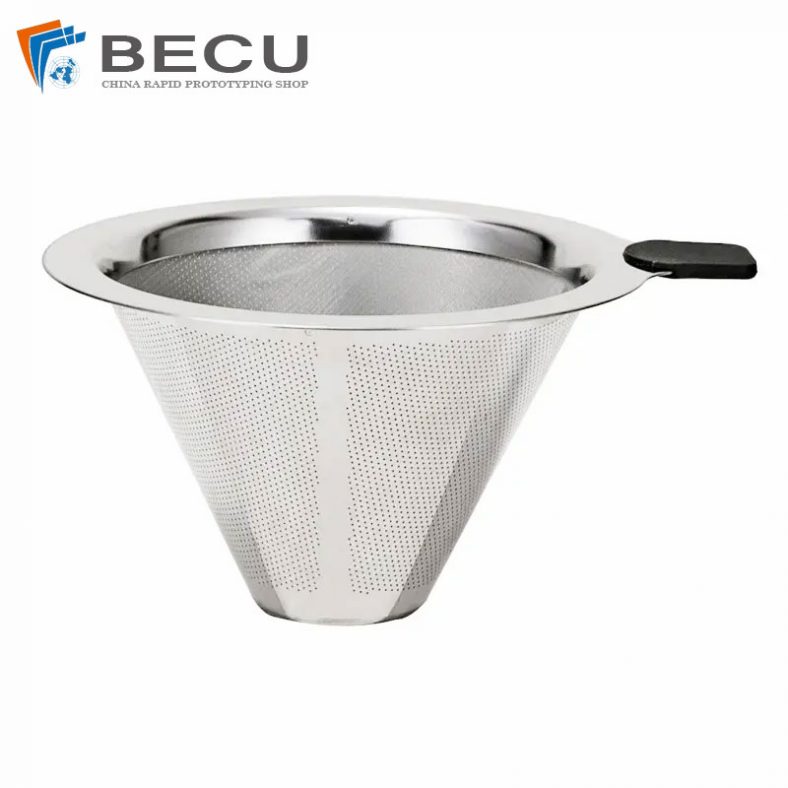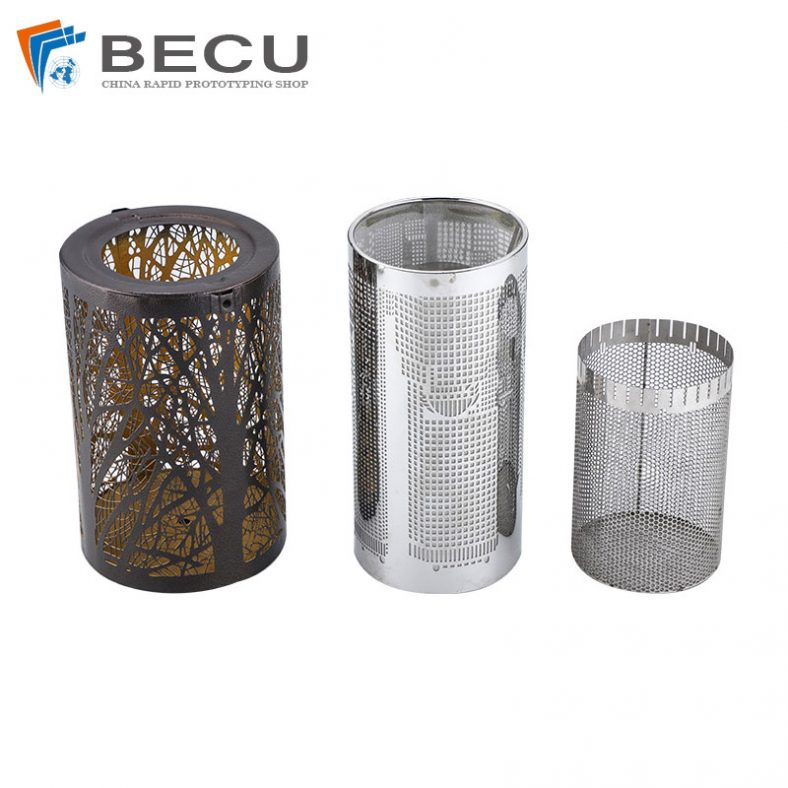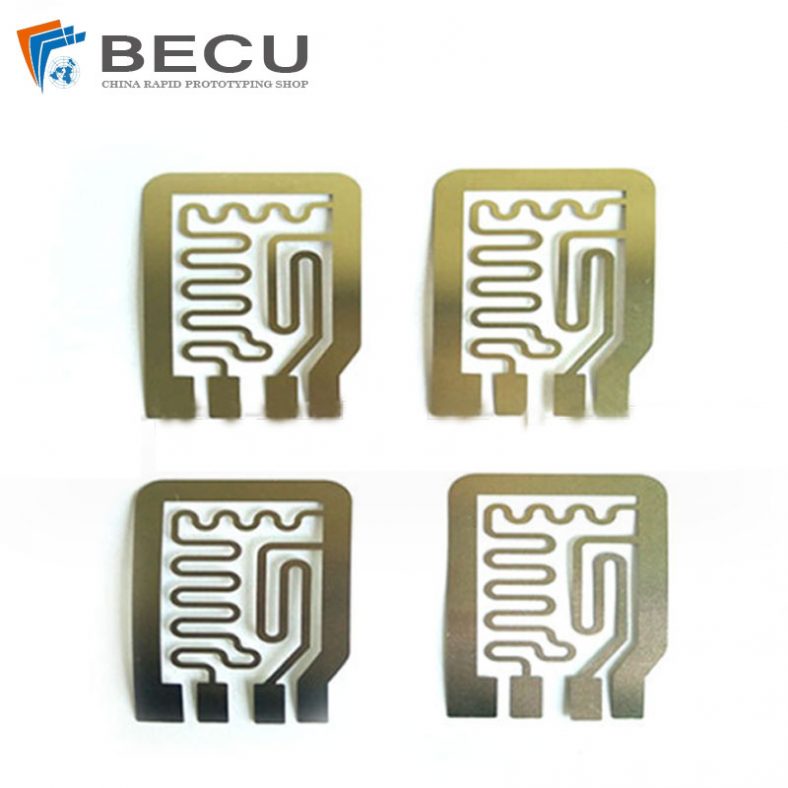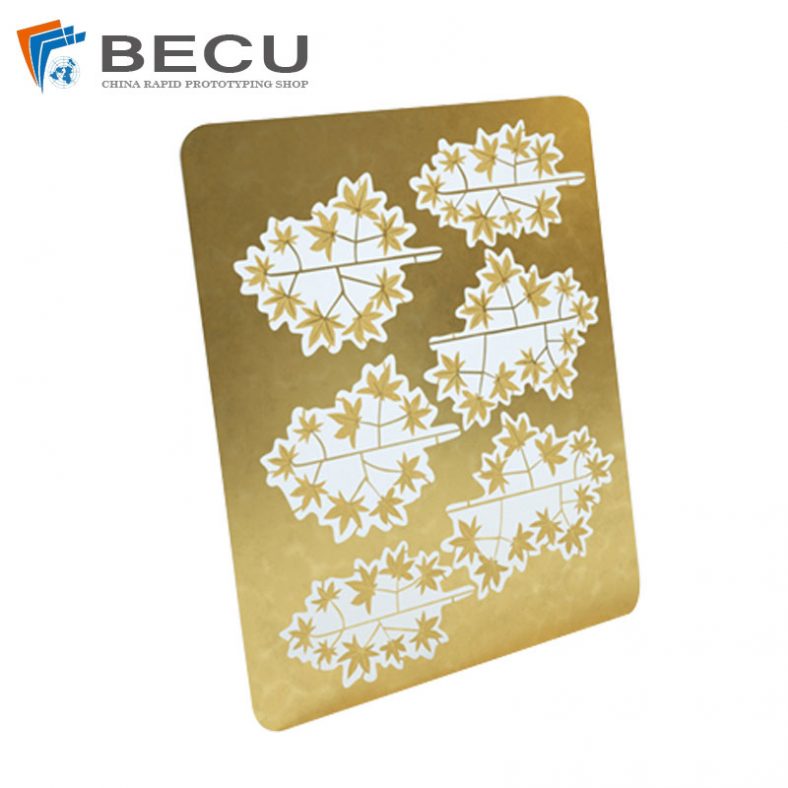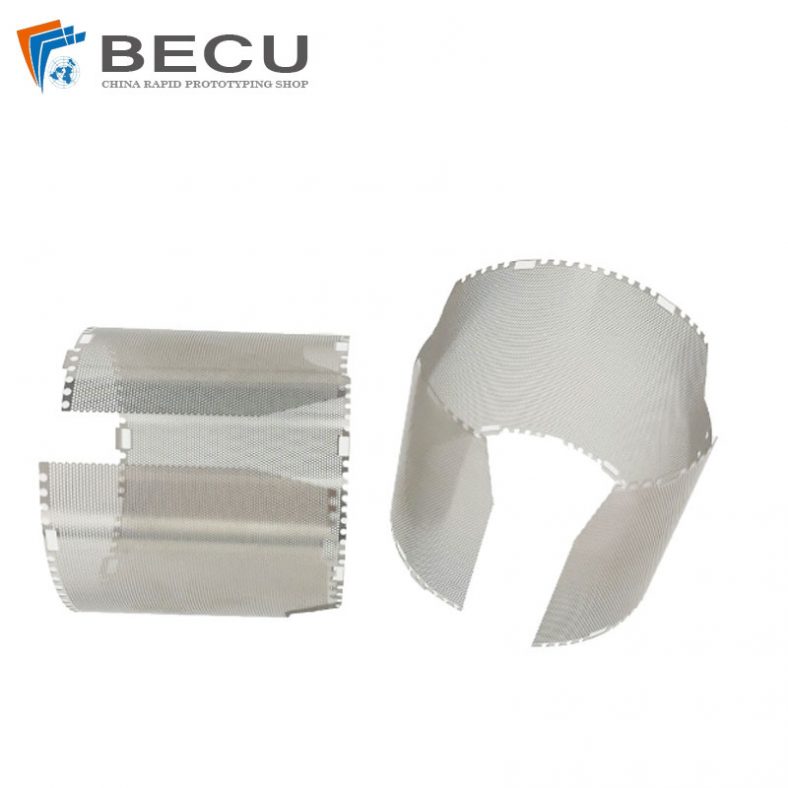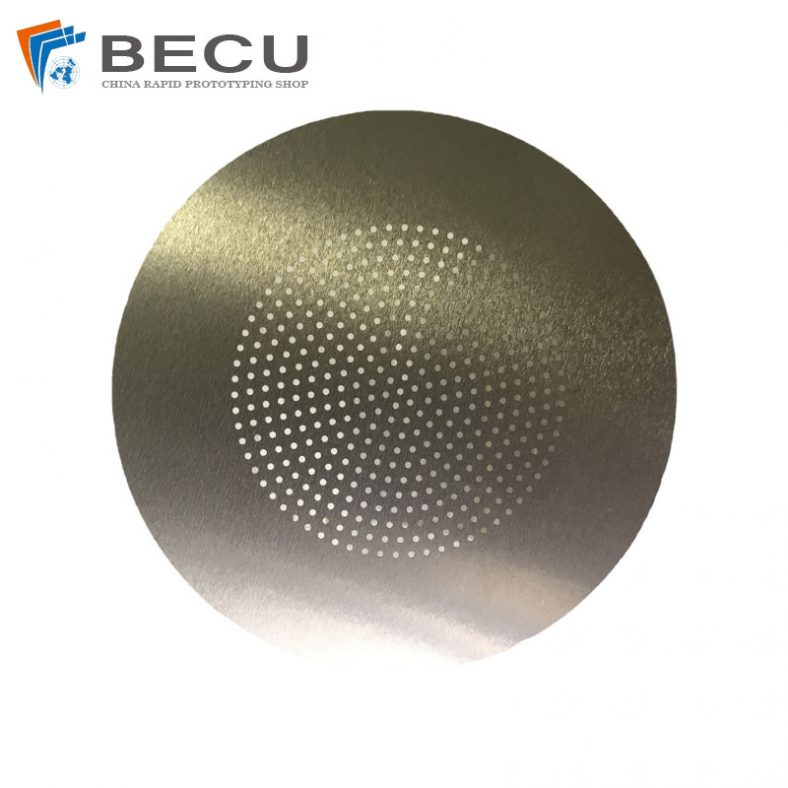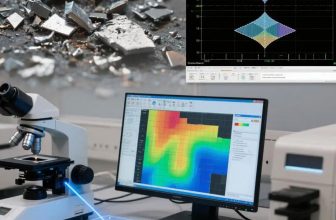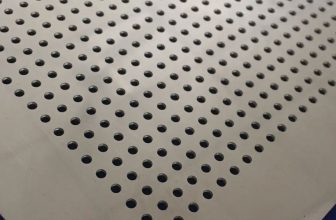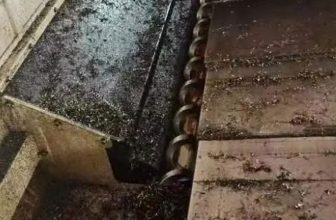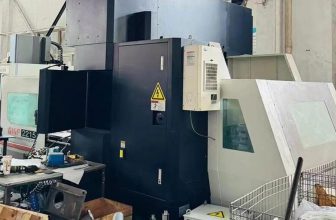Dry etching is a cornerstone of modern semiconductor fabrication, enabling the precise patterning of materials at nanometer scales. As the semiconductor industry pushes toward sub-5nm technology nodes, the demands on etching processes have intensified, requiring unprecedented precision, selectivity, and control. Advanced dry etching techniques, including plasma-based methods such as reactive ion etching (RIE), atomic layer etching (ALE), and inductively coupled plasma (ICP) etching, have evolved to meet these challenges. This article provides a comprehensive exploration of these techniques, their underlying principles, applications, and the innovations driving their adoption in sub-5nm node fabrication. It also examines the challenges posed by scaling, material diversity, and environmental considerations, alongside emerging trends shaping the future of dry etching.
Introduction
Semiconductor fabrication has undergone a remarkable transformation since the advent of Moore’s Law, which predicted the doubling of transistors on integrated circuits approximately every two years. This scaling has driven the development of advanced manufacturing processes, with etching playing a critical role in defining circuit patterns. As feature sizes shrink below 5nm, traditional etching methods face limitations in achieving the required precision and anisotropy. Dry etching, which uses plasma or ion-based processes to remove material, has become the dominant technique due to its ability to produce high-aspect-ratio features and anisotropic profiles.
Sub-5nm nodes, such as those used in advanced logic and memory devices (e.g., FinFETs, gate-all-around (GAA) transistors, and 3D NAND), demand atomic-scale precision, high selectivity between materials, and minimal damage to underlying structures. These requirements have spurred innovations in dry etching, including the adoption of atomic layer etching (ALE), advanced plasma sources, and novel chemistries. This article delves into the technical foundations of these techniques, their implementation in sub-5nm fabrication, and the challenges and opportunities they present.
Fundamentals of Dry Etching
Definition and Principles
Dry etching refers to the removal of material from a substrate, typically a semiconductor wafer, using gaseous or plasma-based processes rather than liquid chemical etchants. Unlike wet etching, which often results in isotropic material removal, dry etching can achieve anisotropic profiles, making it ideal for patterning high-aspect-ratio structures. The process typically involves the bombardment of the substrate with ions, radicals, or neutral species generated in a plasma, which dislodge or react with surface atoms to form volatile byproducts that are removed from the chamber.
The primary mechanisms of dry etching include:
- Physical Sputtering: High-energy ions physically knock atoms out of the substrate surface.
- Chemical Etching: Reactive species in the plasma chemically react with the substrate to form volatile compounds.
- Ion-Enhanced Chemical Etching: A combination of physical ion bombardment and chemical reactions, enhancing etch rates and anisotropy.
These mechanisms are controlled by parameters such as plasma power, gas composition, pressure, and substrate temperature, which are tailored to achieve desired etch characteristics.
Plasma Generation and Characteristics
Plasma, a partially ionized gas containing ions, electrons, and neutral species, is the core of most dry etching processes. Plasma is generated by applying an electric field (typically radio frequency, RF, or microwave) to a low-pressure gas, ionizing its molecules. Common plasma sources include:
- Capacitively Coupled Plasma (CCP): Uses parallel electrodes to generate plasma, offering simplicity but limited ion energy control.
- Inductively Coupled Plasma (ICP): Employs a coil to induce a magnetic field, producing high-density plasma with independent control of ion energy and plasma density.
- Electron Cyclotron Resonance (ECR): Uses microwave energy and a magnetic field to create high-density plasma at low pressures, ideal for precise etching.
- Magnetron-Enhanced Reactive Ion Etching (MERIE): Incorporates magnetic fields to enhance plasma density and etch rates.
The choice of plasma source depends on the application, with ICP and ECR being preferred for sub-5nm nodes due to their high plasma density and low-pressure operation, which improve anisotropy and reduce sidewall damage.
Common Etching Gases
The selection of etching gases is critical to achieving selectivity and etch rate. Common gases include:
- Fluorocarbons (e.g., CF₄, CHF₃, SF₆): Used for etching silicon, silicon dioxide, and silicon nitride due to their ability to form volatile silicon-fluorine compounds.
- Chlorine-Based Gases (e.g., Cl₂, BCl₃): Employed for etching metals (e.g., aluminum, titanium) and III-V semiconductors (e.g., GaAs, InP).
- Oxygen (O₂): Used for etching organic materials and photoresists in plasma ashing.
- Hydrogen-Based Gases (e.g., H₂, HBr): Combined with other gases to enhance selectivity or reduce surface damage.
For sub-5nm nodes, gas mixtures are carefully optimized to balance etch rate, selectivity, and profile control. For example, adding argon (Ar) enhances physical sputtering, while nitrogen (N₂) or helium (He) can dilute reactive species to improve uniformity.
Dry Etching Techniques for Sub-5nm Nodes
Reactive Ion Etching (RIE)
Overview
Reactive ion etching (RIE) is a widely used dry etching technique that combines chemical and physical etching mechanisms. In RIE, a plasma is generated by applying RF power to a gas mixture, producing reactive ions and radicals that etch the substrate. The substrate is placed on a biased electrode, attracting ions to enhance anisotropic etching.
Applications in Sub-5nm Fabrication
RIE is employed in sub-5nm nodes for etching dielectric layers (e.g., SiO₂, Si₃N₄), metal gates, and silicon fins in FinFETs and GAA transistors. Its ability to produce vertical sidewalls is critical for defining narrow features, such as gate spacers and contact holes. However, RIE faces challenges at sub-5nm scales, including:
- Plasma-Induced Damage: High-energy ions can cause lattice damage or amorphous layer formation, degrading device performance.
- Selectivity Limitations: Achieving high selectivity between adjacent materials (e.g., Si vs. SiO₂) is difficult with complex material stacks.
- Non-Uniformity: Variations in plasma density can lead to uneven etching across the wafer.
Advancements in RIE
To address these challenges, advanced RIE systems incorporate:
- Pulsed Plasma: Alternating RF power to reduce plasma-induced damage and improve selectivity.
- Low-Temperature Operation: Cooling the substrate to minimize thermal effects and enhance etch precision.
- Advanced Gas Chemistries: Using complex gas mixtures (e.g., HBr/Ar/O₂ for silicon etching) to optimize selectivity and profile control.
For example, in GAA transistor fabrication, RIE is used to etch silicon-germanium (SiGe) sacrificial layers with high selectivity to silicon, enabling the formation of nanosheets. Recent advancements in RIE equipment, such as Lam Research’s Flex series, incorporate advanced mixed-mode pulsing (AMMP) to enhance etch control at atomic scales.
Atomic Layer Etching (ALE)
Overview
Atomic layer etching (ALE) is an emerging technique that offers atomic-scale precision by removing material one atomic layer at a time. Unlike conventional etching, which is continuous, ALE operates in a cyclic process consisting of two steps:
- Modification: A reactive species (e.g., chlorine gas) adsorbs onto the substrate surface, forming a modified layer.
- Removal: Low-energy ions or thermal energy remove the modified layer, leaving the underlying material intact.
This self-limiting process ensures precise control over etch depth and minimizes damage, making ALE ideal for sub-5nm nodes.
Applications in Sub-5nm Fabrication
ALE is critical for etching ultrathin layers in advanced devices, such as:
- Gate-All-Around Transistors: ALE is used to etch SiGe sacrificial layers with sub-nanometer precision, enabling the formation of nanosheets with uniform thickness.
- 3D NAND: ALE etches high-aspect-ratio channels and vias, maintaining uniformity across deep structures.
- FinFETs: ALE refines fin profiles, reducing roughness and improving channel uniformity.
For example, in GAA transistor fabrication, ALE achieves etch rates of 0.1–0.5 nm per cycle, allowing precise control over nanosheet dimensions. This is essential for maintaining gate length and channel thickness uniformity, which directly impact device performance.
Advancements in ALE
Recent advancements in ALE include:
- Plasma-Enhanced ALE: Using plasma to generate reactive species, improving etch rates and selectivity. For instance, Cl₂ plasma is used for silicon ALE, achieving selectivities >100:1 over SiO₂.
- Thermal ALE: Employing thermal energy instead of ions for removal, reducing damage to delicate structures. Thermal ALE is particularly effective for etching 2D materials like MoS₂.
- Cryogenic ALE: Operating at low temperatures (e.g., -100°C) to enhance adsorption and improve selectivity. Cryogenic ALE is used for etching III-V semiconductors with minimal surface damage.
Companies like Applied Materials (Selectra system) and Lam Research have commercialized ALE tools for high-volume manufacturing, with applications in logic and memory devices. These systems integrate advanced diagnostics, such as in-situ metrology, to monitor etch depth in real time.
Comparison of ALE and RIE
The following table compares ALE and RIE for sub-5nm applications:
| Parameter | Reactive Ion Etching (RIE) | Atomic Layer Etching (ALE) |
|---|---|---|
| Etch Precision | Moderate (1–10 nm) | High (0.1–1 nm) |
| Selectivity | Moderate (10:1 to 50:1) | High (>100:1) |
| Anisotropy | High, but limited by ion scattering | Excellent, due to self-limiting process |
| Damage | High (lattice damage from ion bombardment) | Low (minimal ion energy) |
| Etch Rate | High (10–100 nm/min) | Low (0.1–1 nm/cycle) |
| Applications | Dielectric etching, metal gates, fin patterning | Nanosheet etching, high-aspect-ratio vias, 2D materials |
| Equipment Complexity | Moderate | High (requires cyclic processing) |
| Cost | Moderate | High (due to specialized equipment) |
Inductively Coupled Plasma (ICP) Etching
Overview
ICP etching uses a coil to generate a high-density plasma via electromagnetic induction, offering independent control of plasma density and ion energy. This flexibility makes ICP etching suitable for sub-5nm nodes, where precise control over etch profiles is critical.
Applications in Sub-5nm Fabrication
ICP etching is widely used for:
- High-Aspect-Ratio Structures: Etching deep trenches and vias in 3D NAND and DRAM, where aspect ratios exceed 50:1.
- III-V Semiconductors: Patterning GaN and InP for RF and optoelectronic devices, requiring high etch rates and smooth surfaces.
- Metal Etching: Defining copper interconnects and titanium nitride barriers with high selectivity to dielectrics.
For example, in 3D NAND fabrication, ICP etching creates vertical channels through stacked oxide-nitride layers, achieving depths >10 µm with minimal bowing or tapering.
Advancements in ICP Etching
Recent innovations include:
- Dual-Frequency ICP: Combining high-frequency (e.g., 13.56 MHz) and low-frequency (e.g., 2 MHz) RF power to optimize ion energy distribution.
- Pulsed ICP: Modulating plasma power to reduce charge buildup and improve uniformity in high-aspect-ratio etching.
- Advanced Gas Delivery: Using fast-switching gas manifolds to alternate chemistries during etching, enhancing selectivity and profile control.
Tokyo Electron’s Telius platform, for instance, integrates dual-frequency ICP with real-time plasma monitoring, enabling precise etching of complex 3D structures.
Other Emerging Techniques
Ion Beam Etching (IBE)
Ion beam etching (IBE), also known as ion milling, uses a collimated beam of inert ions (e.g., Ar⁺) to physically sputter material from the substrate. While less common in sub-5nm nodes due to its low selectivity, IBE is used for:
- Mask Repair: Correcting defects in EUV masks with nanometer precision.
- Surface Smoothing: Reducing roughness in etched features, such as interconnects.
Advancements in IBE include focused ion beam (FIB) systems, which achieve feature sizes <10 nm but are limited by serial processing and high costs.
Deep Reactive Ion Etching (DRIE)
DRIE, often using the Bosch process, alternates etching and passivation steps to create high-aspect-ratio structures. While primarily used in MEMS, DRIE is applied in sub-5nm nodes for:
- Through-Silicon Vias (TSVs): Enabling 3D integration in advanced packaging.
- Nanopillar Arrays: Patterning nanostructures for quantum devices.
The Bosch process uses SF₆ for etching and C₄F₈ for passivation, achieving aspect ratios >100:1. However, its scalloped sidewalls require post-processing for sub-5nm applications.
Challenges in Sub-5nm Dry Etching
Scaling Limits
As feature sizes shrink below 5nm, dry etching faces several scaling-related challenges:
- Critical Dimension (CD) Control: Variations in etch profiles can cause CD deviations, impacting device performance. For example, a 0.5 nm variation in gate length can alter transistor threshold voltage by >10%.
- Line Edge Roughness (LER): Plasma-induced roughness degrades pattern fidelity, particularly in EUV lithography.
- Aspect Ratio Dependent Etching (ARDE): Etch rates vary with feature aspect ratio, complicating uniformity in 3D structures.
Solutions include advanced process modeling, in-situ metrology, and machine learning-based process optimization.
Material Diversity
Sub-5nm nodes incorporate diverse materials, such as high-k dielectrics (e.g., HfO₂), 2D materials (e.g., MoS₂), and novel metals (e.g., cobalt, ruthenium). Etching these materials requires:
- High Selectivity: Achieving >100:1 selectivity between adjacent layers (e.g., HfO₂ vs. Si).
- Damage-Free Etching: Minimizing defects in ultrathin films, where even a single atomic layer of damage can degrade performance.
- Chemistry Optimization: Developing new gas mixtures for materials with low volatility, such as transition metal dichalcogenides.
For instance, etching MoS₂ for 2D transistors requires thermal ALE with Cl₂ and Ar, achieving etch rates of 0.2 nm/cycle with minimal surface damage.
Environmental and Sustainability Concerns
Dry etching processes consume significant energy and use perfluorocarbon (PFC) gases (e.g., CF₄, C₂F₆), which have high global warming potentials. The semiconductor industry is responsible for ~80% of PFC emissions in some regions, prompting efforts to:
- Reduce PFC Usage: Developing low-GWP alternatives, such as NF₃ or H₂-based chemistries.
- Implement Abatement Systems: Using ICP-based abatement to destroy PFCs downstream, achieving >99% destruction efficiency.
- Optimize Energy Efficiency: Designing low-power plasma sources, such as electron beam plasmas, with electron temperatures ~0.3 eV.
Innovations and Future Directions
Machine Learning and Process Modeling
Machine learning (ML) is transforming dry etching by enabling predictive process control and optimization. ML algorithms analyze data from in-situ sensors (e.g., optical emission spectroscopy) to:
- Predict Etch Profiles: Reducing CD variations by >50%.
- Optimize Gas Chemistries: Identifying optimal gas ratios for new materials.
- Detect Anomalies: Identifying process drift in real time, improving yield.
For example, a 2024 study demonstrated ML-based optimization of ALE for SiGe etching, achieving a 30% reduction in cycle time.
Cryogenic Etching
Cryogenic etching, performed at temperatures below -100°C, enhances adsorption of reactive species, improving selectivity and reducing sidewall damage. It is particularly effective for:
- III-V Semiconductors: Etching GaN with Cl₂/Ar at -120°C achieves etch rates >500 nm/min with selectivities >50:1.
- 2D Materials: Cryogenic ALE of graphene preserves lattice integrity, enabling high-mobility transistors.
Hybrid Etching Processes
Hybrid processes combine multiple etching techniques to address specific challenges. For example:
- ALE + RIE: Using ALE for precise layer removal followed by RIE for bulk etching, balancing precision and throughput.
- ICP + DRIE: Combining ICP’s high plasma density with DRIE’s passivation steps for ultra-high-aspect-ratio structures.
These hybrid approaches are critical for 3D architectures, such as CFETs and 3D-ICs.
Comparison of Advanced Etching Techniques
The following table summarizes key dry etching techniques for sub-5nm nodes:
| Technique | Plasma Source | Etch Rate | Selectivity | Anisotropy | Applications | Challenges |
|---|---|---|---|---|---|---|
| RIE | CCP | 10–100 nm/min | 10:1–50:1 | High | Dielectrics, metals, fins | Plasma-induced damage, non-uniformity |
| ALE | CCP/ICP | 0.1–1 nm/cycle | >100:1 | Excellent | Nanosheets, vias, 2D materials | Low throughput, high equipment cost |
| ICP Etching | ICP | 50–500 nm/min | 20:1–100:1 | High | 3D NAND, III-V semiconductors, interconnects | Complex process optimization |
| IBE | Ion Beam | 1–10 nm/min | Low (<5:1) | High | Mask repair, surface smoothing | Low selectivity, serial processing |
| DRIE (Bosch) | CCP/ICP | 1–10 µm/min | 50:1–200:1 | Very High | TSVs, nanopillars | Scalloped sidewalls, post-processing needs |
Conclusion
Advanced dry etching techniques are pivotal to the success of sub-5nm node semiconductor fabrication, enabling the creation of intricate, high-performance devices. Reactive ion etching, atomic layer etching, and inductively coupled plasma etching, among others, offer the precision, selectivity, and anisotropy required for scaling to atomic dimensions. However, challenges such as CD control, material diversity, and environmental impact necessitate ongoing innovation. Emerging trends, including machine learning, cryogenic etching, and hybrid processes, promise to address these challenges and drive the industry forward. As the semiconductor landscape evolves, dry etching will remain a critical enabler of technological progress, shaping the future of computing, communication, and beyond.

